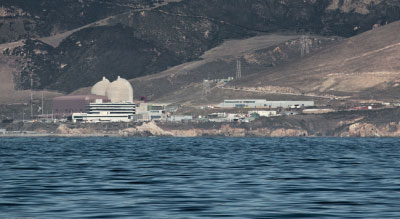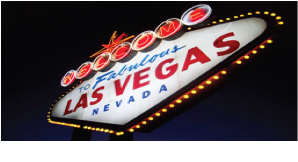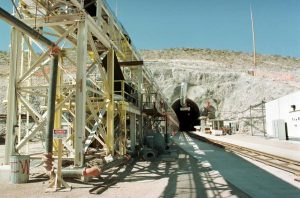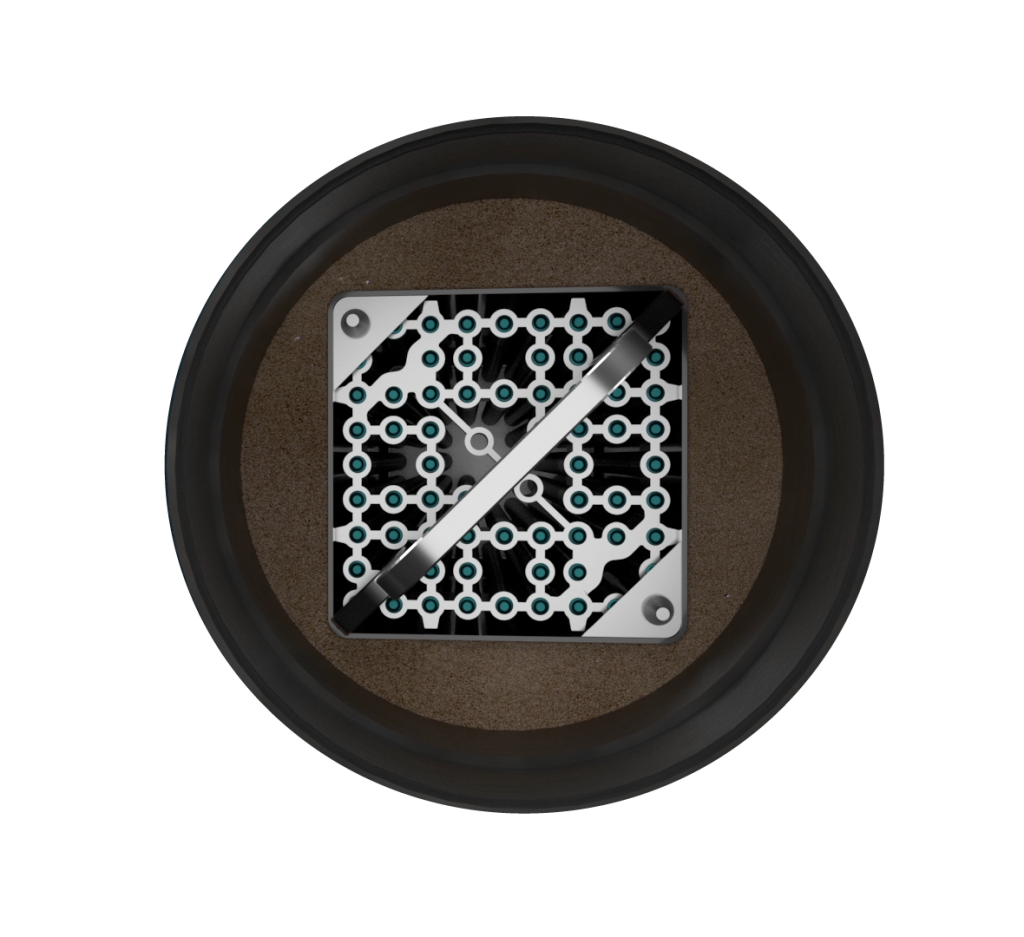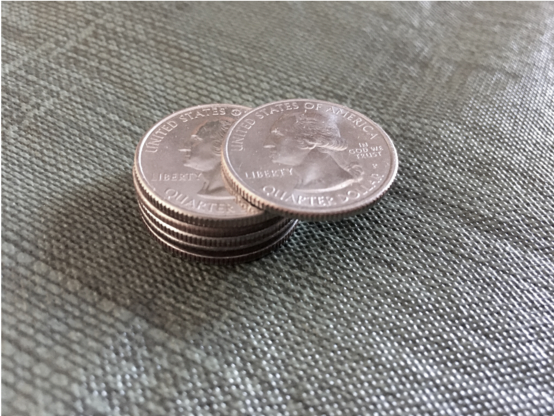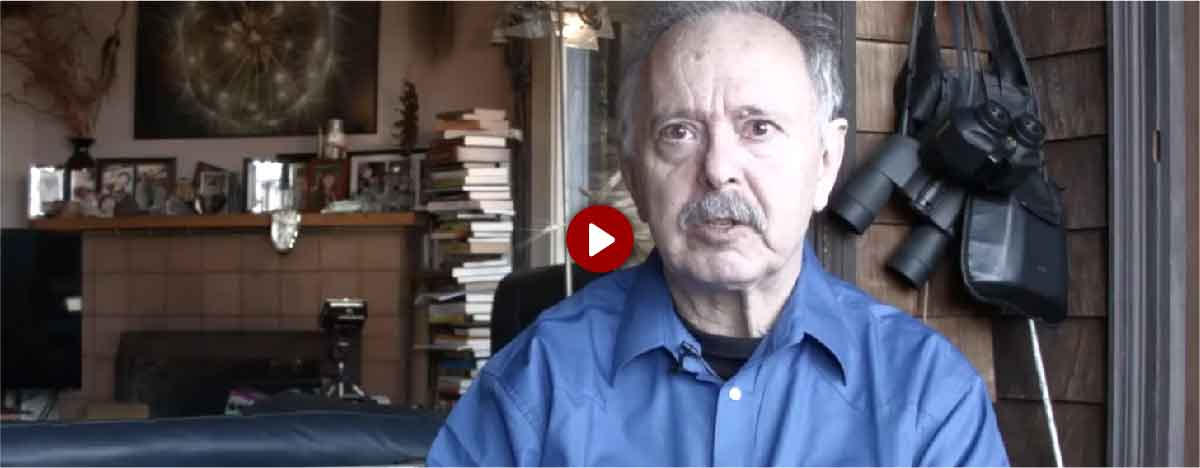New safety calculations report offers a science-based starting point for a conversation about nuclear waste disposal.
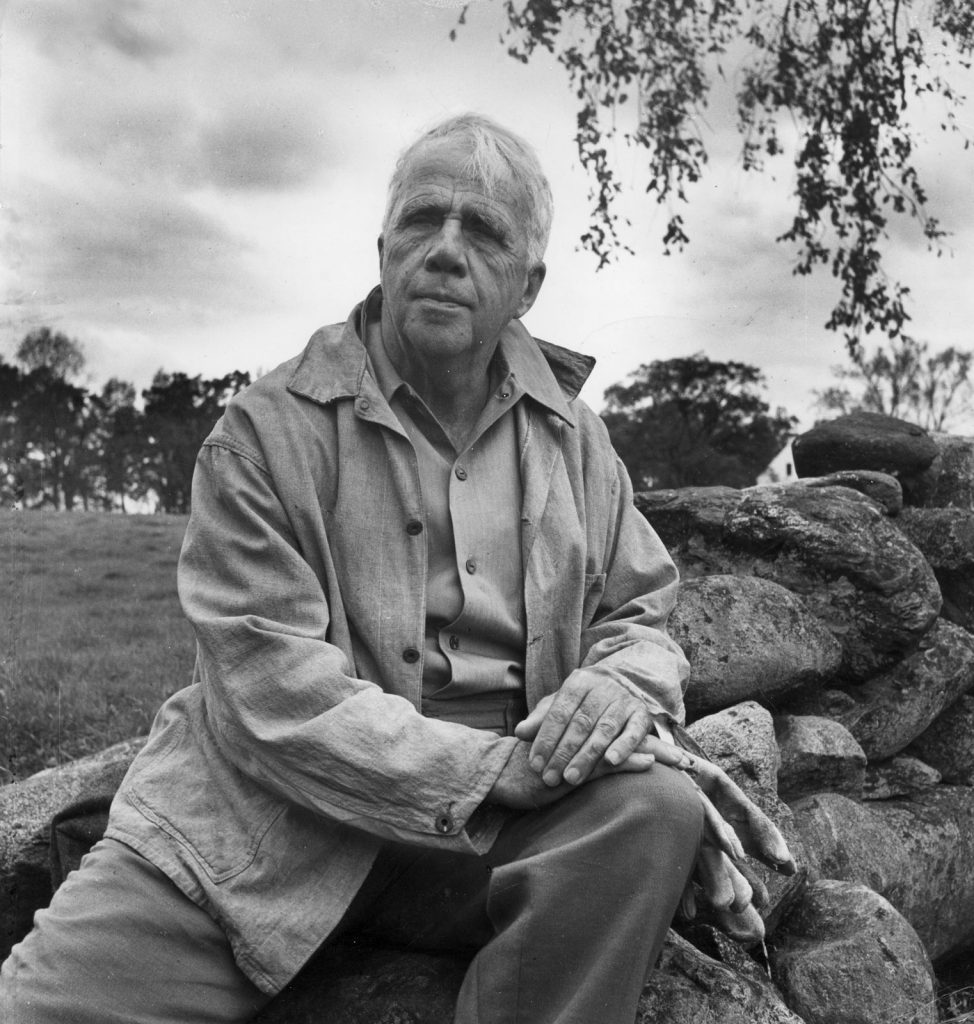
Ruohomaa/Black Star
Through and Through
Len says one steady pull more ought to do it.
He says the best way out is always through.
And I agree to that, or in so far
As that I can see no way out but through —
Leastways for me—and then they’ll be convinced. (ll. 55-59)
“A Servant of Servants” 1915, Robert Frost
Though fortunately not the object of the dynamic described by Frost, wherein a wife describes what she wants (“rest”) and her husband responds, I empathize as I adapt the prose to the challenge of finding a way through the nuclear waste impasse. Yet the job needs to be done and its necessity hovers over every day.
Though I don’t know the exact route through, I do know that neither blunt force nor shortcuts will get us there. If we are going to permanently dispose of nuclear waste we need to take stock of all the past mistakes that have been made, acknowledge the hurdles that remain in the way and plot a course for moving forward. I would argue that the most forbidding obstacles are social and political, which time and again render the possible impossible. They needn’t be though if we give priority to seeking resolutions.
The Deep Isolation team has developed a novel method to dispose of spent nuclear fuel and high-level waste in underground horizontal boreholes. At the core of our approach is devoting time to meeting with members of the public and other stakeholders to listen to their ideas and concerns. I am glad we’ve made this a priority because I know it’s crucial to the company’s success. A significant scientific step that could advance our cause is outlined in a new Deep Isolation report: “Spent Nuclear Fuel Disposal in a Deep Horizontal Drillhole Repository Sited in Shale: Numerical Simulations in Support of a Generic Post-Closure Safety Analysis.” This technical report was based on multiple computer simulations analyzing the safety of a post-closure generic deep horizontal drillhole repository. The results suggest that the Deep Isolation concept can be proven to be safe and fully protective of humans. The promising conclusions weren’t derived from any specific geology, but it is a credible prerequisite for future analyses, especially ones done for specific geological sites.
Nuclear Waste Disposal Safety Report
Here is a breakdown of the report:
Main objectives:
- Create a preliminary list of required safety aspects for a regulatory license for deep horizontal drillhole repositories;
- Establish a template for site-specific safety analyses;
- Develop a technical basis for discussions with all stakeholders regarding the performance and safety of deep horizontal drillhole repositories; and
- Determine what elements of future site-specific safety analyses cannot be supported by a generic analysis.
The report does not:
- Make claims to the safety of nuclear waste disposal in any geology besides shale;
- Prove that any site-specific geology with shale formations is a suitable site for a deep horizontal drillhole repository;
- Demonstrate that any other waste besides spent nuclear fuel is suitable for a deep horizontal drillhole in shale formations.
This report, authored by Deep Isolation Hydrogeologist Stefan Finsterle, whom I hold in the highest regard for his scientific integrity, is intended to be built upon and reshaped. As such, we are conducting an independent review open to anyone. The report is available for download and one can submit input through our website. We’re also hosting two sessions of a free technical webinar to discuss the report. The 6 p.m. April 22 session is geared toward our Asia-Pacific audience. The U.S. session will be 10:30 a.m. on May 12, 2020. Please do register.
As the poem excerpt presages, progress depends upon dismissing short-cuts and demands perseverance. We understand that many who’ve been in the struggle to resolve this problem for decades may, like the wife described, feel tired and a bit cranky, but we know there is light on the other side, and the best way out is through.

